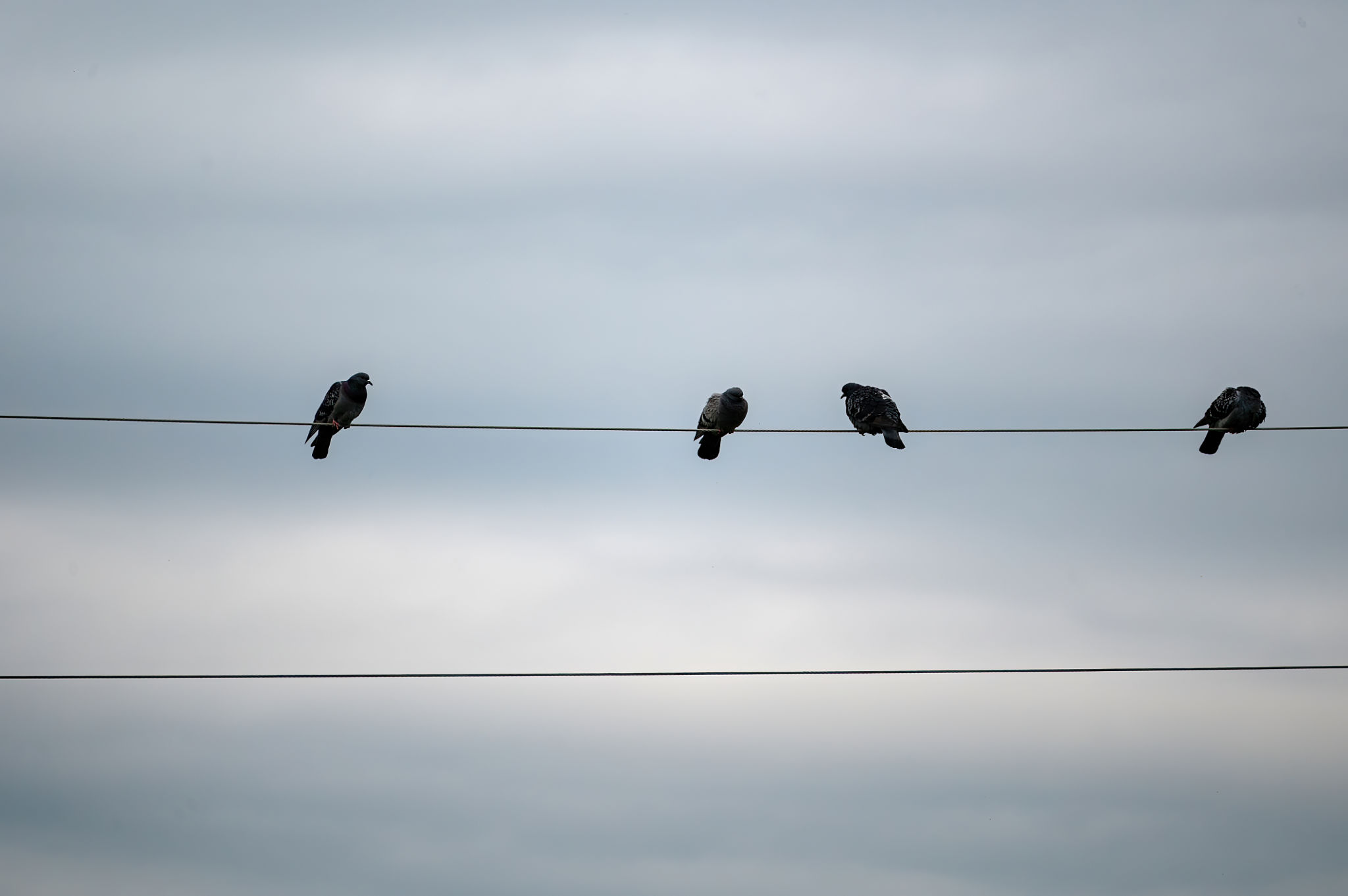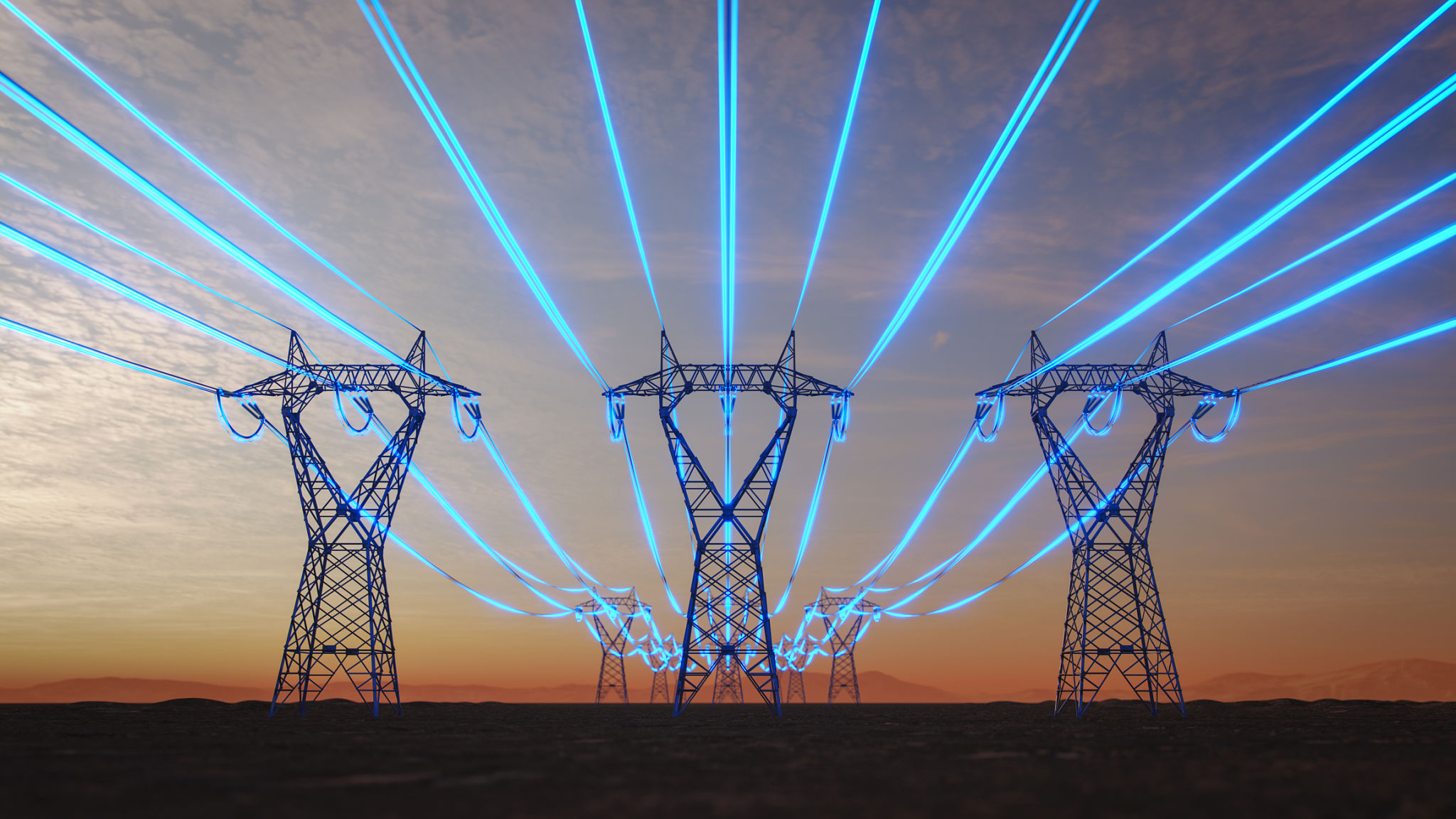The Role of Utility Bird Protection in Preventing Power Outages
Understanding Utility Bird Protection
Utility bird protection is a crucial element in maintaining the reliability of power systems. Birds, being naturally curious and often attracted to shiny objects, frequently come into contact with power lines and equipment. This interaction can lead to power outages, equipment damage, and even harm to the birds themselves. Implementing bird protection measures not only safeguards avian wildlife but also enhances the stability of electricity supply.
Power outages caused by birds are more common than many realize. According to various studies, birds are responsible for a significant percentage of power interruptions worldwide. By investing in effective bird protection solutions, utility companies can significantly reduce these incidents.

How Birds Cause Power Outages
The ways in which birds can cause power outages are varied and numerous. One common scenario involves birds perching on power lines and simultaneously touching two wires, creating a short circuit. Another potential hazard is when birds build nests on utility structures, which can lead to contamination and equipment failure.
Additionally, larger birds like raptors may collide with power lines while hunting or during flight, causing physical damage to the infrastructure. These incidents not only disrupt the power supply but can also be fatal for the birds involved.
The Impact on Utilities and Wildlife
The consequences of bird-related outages extend beyond inconvenience for consumers. Utilities face significant costs in terms of repairs, reputation damage, and regulatory compliance. Meanwhile, birds face threats to their populations when they are electrocuted or collide with power structures.

Effective Bird Protection Strategies
To mitigate these risks, utility companies employ a range of bird protection strategies. These can include installing physical barriers like bird diverters or line covers that prevent perching and nesting. Additionally, utilities may use visual deterrents such as reflective devices or noise-making equipment to keep birds at a safe distance from high-risk areas.
Advanced technology also plays a role in bird protection. For instance, sensors and monitoring systems can be used to detect bird activity and potential hazards in real time, allowing for proactive measures to be taken before a problem arises.
The Role of Regulation and Community Engagement
Regulatory frameworks often support bird protection initiatives by mandating utilities to implement specific measures. These regulations are designed to balance the needs of wildlife conservation with the demands of energy infrastructure. Public awareness campaigns and community engagement efforts also contribute by educating people about the importance of bird protection and encouraging support for utility efforts.

The Benefits of Bird Protection
Implementing bird protection measures offers numerous benefits. For utilities, reduced outages mean fewer repair costs and improved customer satisfaction. For wildlife, these measures help protect bird populations from unnecessary harm.
Moreover, by promoting sustainable practices, utilities enhance their reputation and demonstrate their commitment to corporate social responsibility. This positive image can lead to increased trust and loyalty from consumers and stakeholders alike.
Future Directions in Utility Bird Protection
As technology continues to advance, new solutions are emerging in the field of utility bird protection. Innovations such as drone inspections and AI-powered monitoring systems offer promising avenues for further reducing bird-related outages. By staying at the forefront of these developments, utility companies can ensure they are effectively safeguarding both their infrastructure and local wildlife.